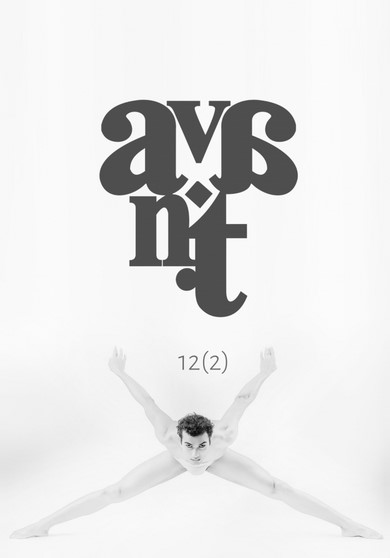How do dancers solve their choreographic improvisational problems?
How do dancers solve their choreographic improvisational problems?
Author(s): Paulina ZarębskaSubject(s): Theatre, Dance, Performing Arts, Cognitive Psychology
Published by: Ośrodek Badań Filozoficznych
Keywords: choreographic problem solving; situated cognition theory; embodied cognition theory; dance improvisation; metaphor;
Summary/Abstract: Problem solving as a higher cognitive ability is a theoretical construct operating in cognitive science and cognitive psychology. The founders of cognitive science were united by a shared vision of the mind as a tool similar to a computer – i.e. one serving to solve problems by manipulating non-sensory and abstract symbols inside the system. In interdisciplinary research into dance, the term “choreographic problem solving” (Kirsh, Muntanyola, 2009b; Kirsh, 2011; Clements , Redding , Sell, May, 2018; Stevens & Malloch & McKechnie & Steven, 2003; Leach & deLahunta, 2015) has become current in the context of a broad conception of dance practice as the inventive creation of movement in response to choreographic tasks that are the stimulus for creating motor images (James, 1890) and mental images (Franklin, 1996). The purpose of this article is to present an interpretation of the concept of solving choreographic problems in the course of improvised dance. This analysis falls within the paradigms of embodied cognition and situated cognition concepts and theories and works on the basis of initial reports from research on the influence of metaphorical instructions on the solution of choreographic problems in dance improvisation. These initial reports relate to the first conclusions drawn from analyses of research materials taking the form of video recordings, questionnaires and in-depth interviews.
Journal: AVANT. Pismo Awangardy Filozoficzno-Naukowej
- Issue Year: 2021
- Issue No: 2
- Page Range: 1-18
- Page Count: 18
- Language: English

